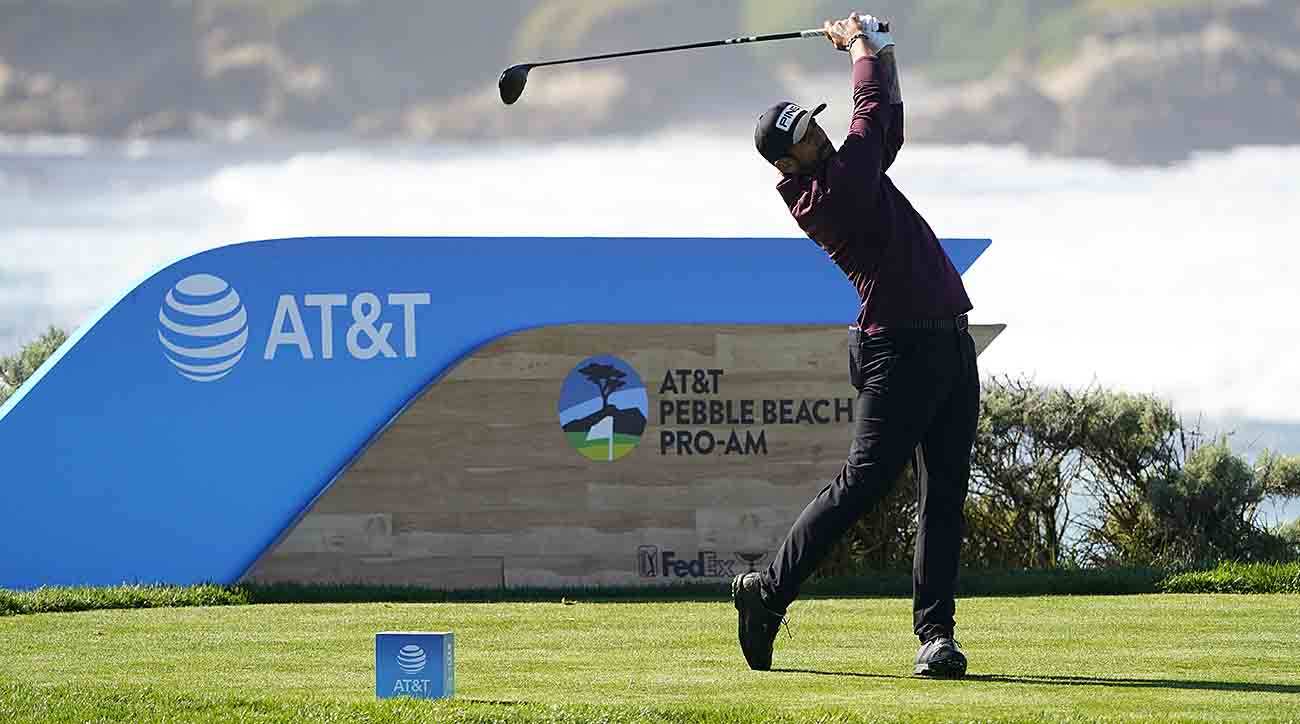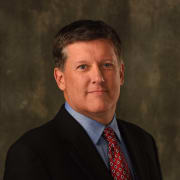Winds of Change Hit Pebble Beach Pro-Am Hard, With Results Yet Undetermined

More Weekly Read: Is unity still happening? | Niemann's 59 in perspective
One year is probably not enough time to judge how much different the AT&T Pebble Beach Pro-Am is now compared to previous iterations of the tournament. But of all the signature events, this one has undergone the biggest change.
The Sentry saw its field expanded to beyond just tournament winners. Next week’s Genesis Invitational will see a smaller field than the 120 it has been in the past, but will still have a 36-hole cut. Same for the Arnold Palmer Invitational, RBC Heritage and the Memorial Tournament.
The Wells Fargo Championship and the Travelers Championship are seeing their field sizes reduced dramatically by more than 60–70 players each. But the tradeoff is a much stronger field, particularly in the case of the Travelers.
Then there is Pebble Beach.

It went from a 156-player field to 80. The significance was borne out in the amateur part of the event for which is largely down over the decades. Because the format is one amateur with a pro partner, it meant the amateur field was reduced by 76. It also meant shrinking the venues from three to two. And no weekend for the amateurs, either, which was undoubtedly a disappointment to some who got used to the Saturday viewing of various celebrities.
Harder to quantify at this time is the impact such changes might have locally. To have 76 fewer amateurs that much less revenue coming to the tournament in the form of entry fees. It’s hundreds of thousands of dollars, which could benefit local charities. Local businesses also were likely to take a hit with the potential for 76 fewer high-end pro-am participants.
The trade-off, again, was the field. AT&T decided to make the commitment to supporting a $20 million signature event (it is dropping its sponsorship of the Byron Nelson event) in an effort to get a quality field, something that has not always been prevalent at the tournament. In recent times, players found reasons to skip, including the long rounds associated with a pro-am and the sometimes poor weather—which they had to experience this weekend as the final round was postponed.
It's part of the new world that the PGA Tour put in place with its signature events. There were bound to be some growing pains, as well as getting used to something different.
"I understand that it's unfortunate for a lot of people that have either been supportive of the event, whether it be financially or showing up or sponsoring whatever it may be that may not have been able to play this year," Justin Thomas said prior to the start of the event. "That's obviously unfortunate and I don't wish that could happen.
"But I think for the sake of the tournament and also especially you get a week like this week where the weather doesn't look very good, it just—it's asking for some very, very long days and a very likely Monday finish, just a total scramble. It's going to help with the flow of everything, I would say, and also gets all the best golfers in the world together at a beautiful place."
The latter point is the main reason for doing it. Thomas’s explanation about improved pace of place is something that golfers undoubtedly appreciate. How it is received generally by the golf-viewing and attending public is still to be determined.
